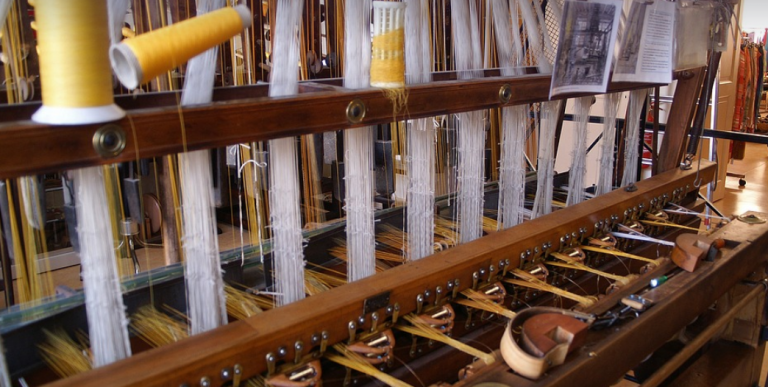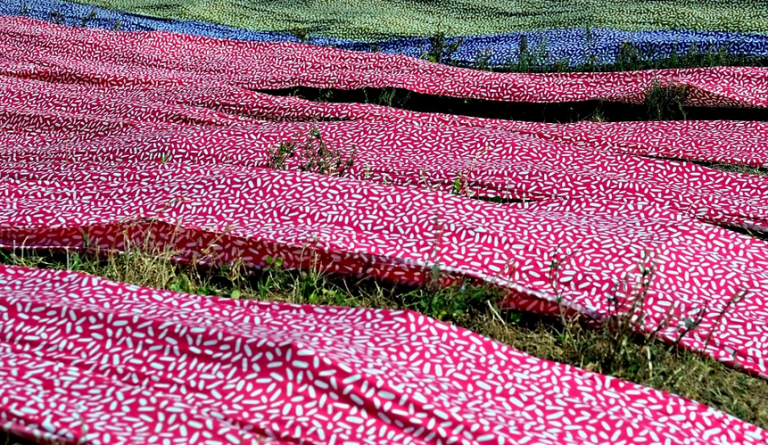
Weighing the Pros and Cons
Carpet padding is a crucial component of any flooring setup, providing that essential layer of comfort and support between your feet and the hard floor beneath. But with so many choices on the market, it’s easy to feel overwhelmed, especially when you consider moisture barrier carpet padding. So how do you know if this extra investment will actually make a difference? The answer lies in understanding both the benefits and drawbacks of using moisture barrier padding in your home.
Moisture barrier carpet padding is essentially a specialized type of pad that’s designed to prevent moisture from seeping through it, protecting your flooring underneath. Think of it as a shield against the inevitable— spills, dampness, humidity, or even accidental leaks—all of which can wreak havoc on your carpeting.
The Case for Moisture Barrier Padding
Why does moisture barrier padding matter so much? The answer lies in the very foundation of its purpose. It acts as a temporary buffer against the unpredictable nature of everyday life.
Imagine this: you’ve just finished a fun family game night, and your little one spills a drink on the floor. A regular carpet pad might simply absorb the moisture, causing it to seep through the fibers over time—leading to stains, odors, or even mold growth.
However, with moisture barrier padding in place, that spilled drink is met by a sturdy, impenetrable barrier. The moisture doesn’t have a chance to penetrate the carpet and cause damage. This prevents not only immediate problems but also potential long-term ones. Think of it as an early intervention against inevitable messes.
Moisture barrier padding plays a vital role in preventing mold growth too, especially in high-humidity areas like basements or bathrooms. Mold thrives on moisture and can quickly spread if left unchecked. With this type of padding in place, you’re essentially creating a hostile environment for those pesky molds to grow, ensuring your home stays healthy and comfortable.
The Potential Drawbacks
While the benefits are clear-cut, moisture barrier carpet padding isn’t without its downsides. It can be more expensive than traditional padding, which is something you need to consider before making your purchase.
Furthermore, there are a few things to keep in mind: Moisture barrier pads can sometimes feel denser and heavier than standard pads, potentially leading to a slightly stiffer floor feel.
Another drawback is that moisture barrier pads might not always be necessary for every situation. It’s crucial to weigh your specific needs before investing in this kind of padding. For example, if you have a young child who is prone to spills, or if you live in a humid climate with high mold potential, then moisture barrier padding could be a valuable investment.
On the other hand, for those living in areas with low humidity and minimal spill risks, traditional carpet pads might suffice.
The Verdict: Is it Worth It?
Ultimately, the decision to invest in moisture barrier carpet padding comes down to individual needs and circumstances. For those prioritizing preventative measures against moisture damage, especially in high-humidity zones or with kids prone to spills, moisture barrier padding is a wise investment.
However, if you have a low-risk environment where moisture isn’t a constant threat, then traditional carpet pads might be more than enough.
Don’t forget to consider your budget when making this decision too. It’s about weighing what you feel is most important for your home and lifestyle. Ultimately, the key is to make an informed choice based on your individual needs and priorities.


